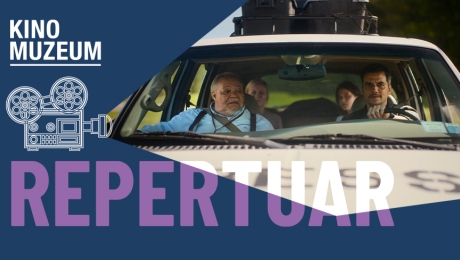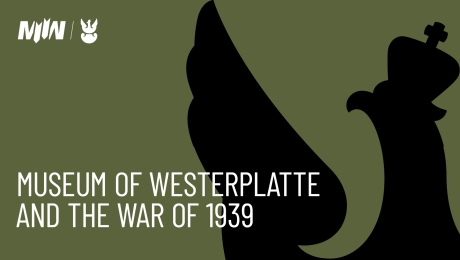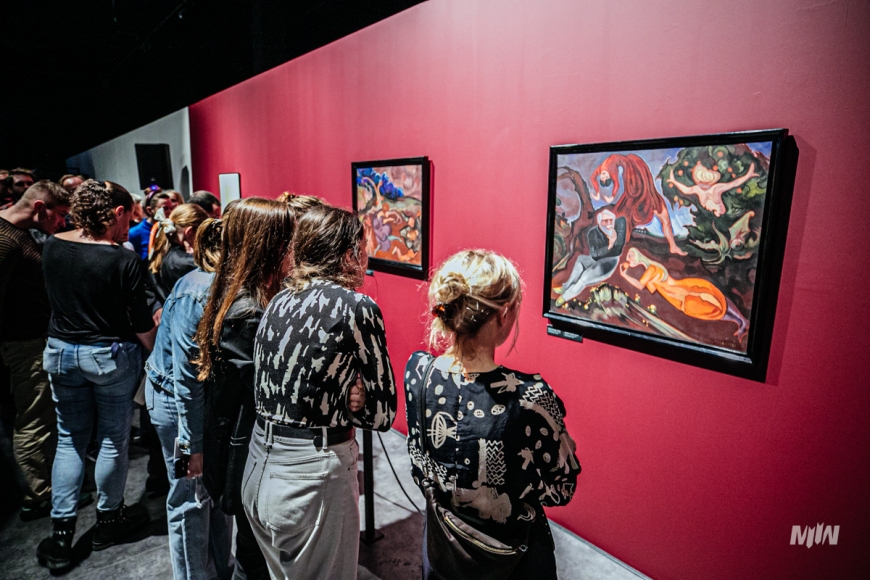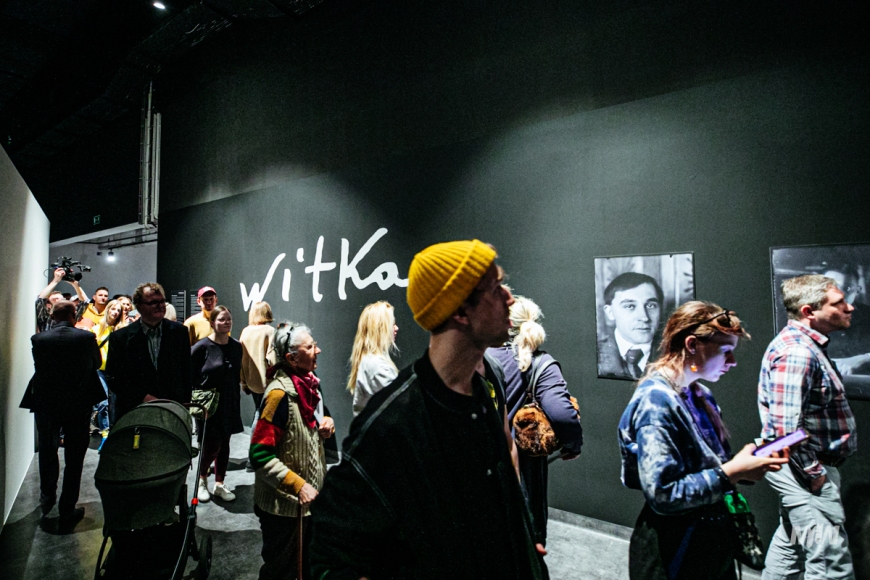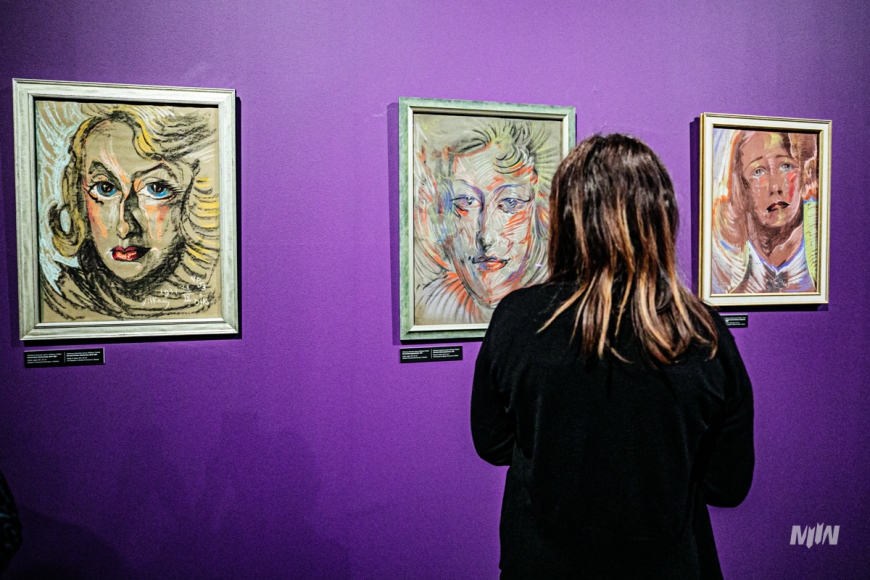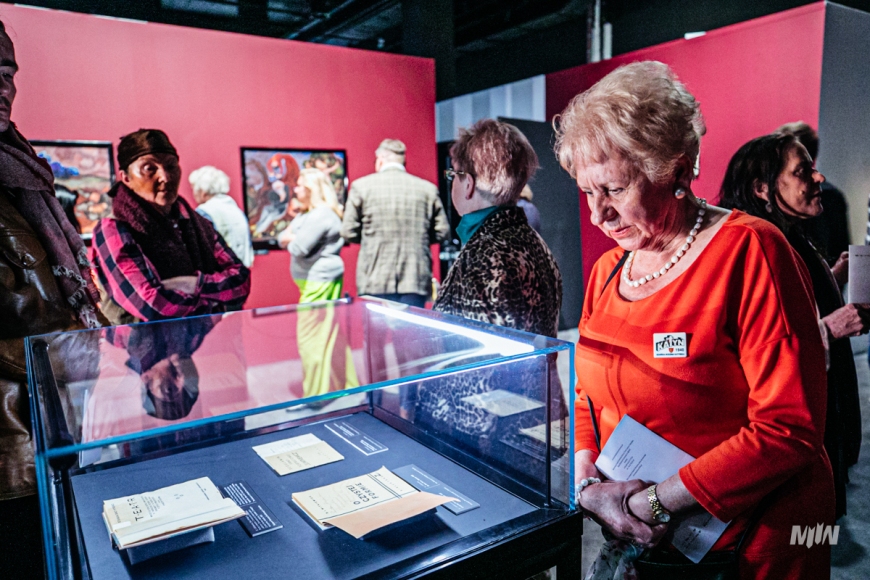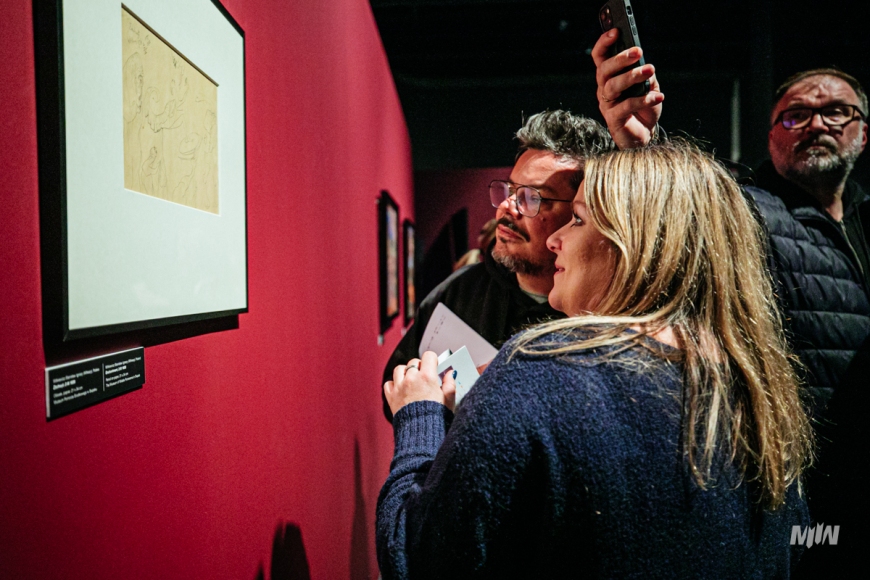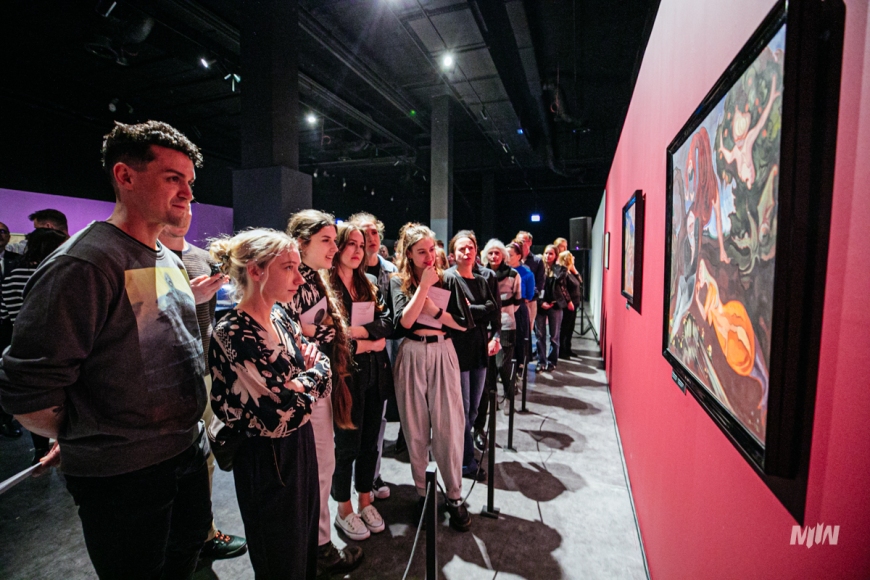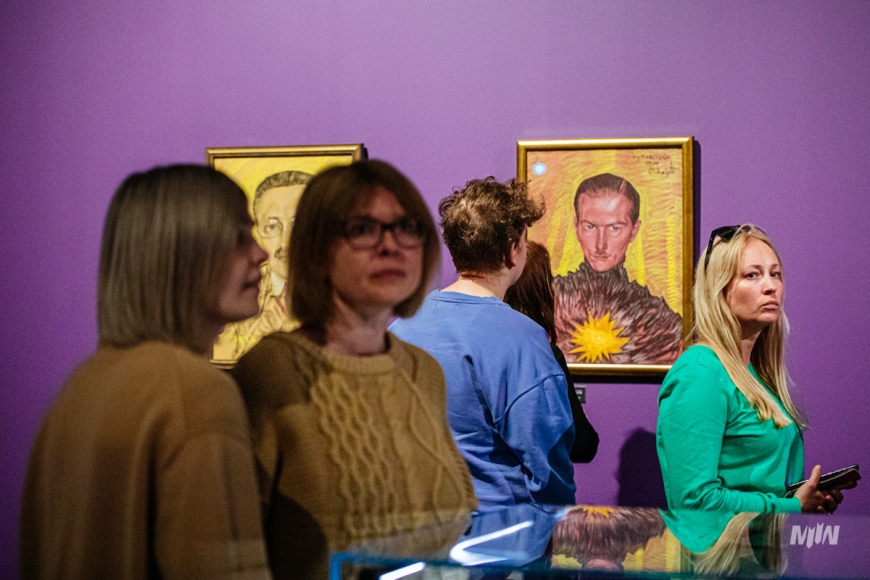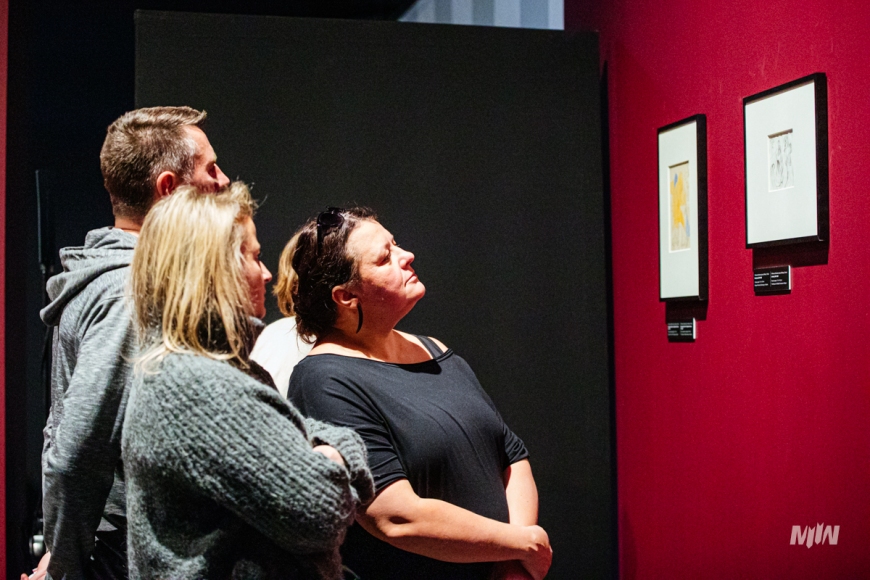LOCATION: LEVEL -3
TIME: COMPLETED
The exhibition presents 12 works by the artist, originating from the collection of the Central Pomerania Museum in Słupsk and from the National Museum in Krakow.
Alongside drawings and portraits executed in the technique of pastels on paper, the exhibition also features some of Witkacy's earliest works, such as The Temptation of St. Anthony I and Composition with a Dancer.
Additionally, the exhibition showcases personal memorabilia including private correspondence, especially with Jan Leszczyński, a philosopher at the Jagiellonian University and a friend of the artist.
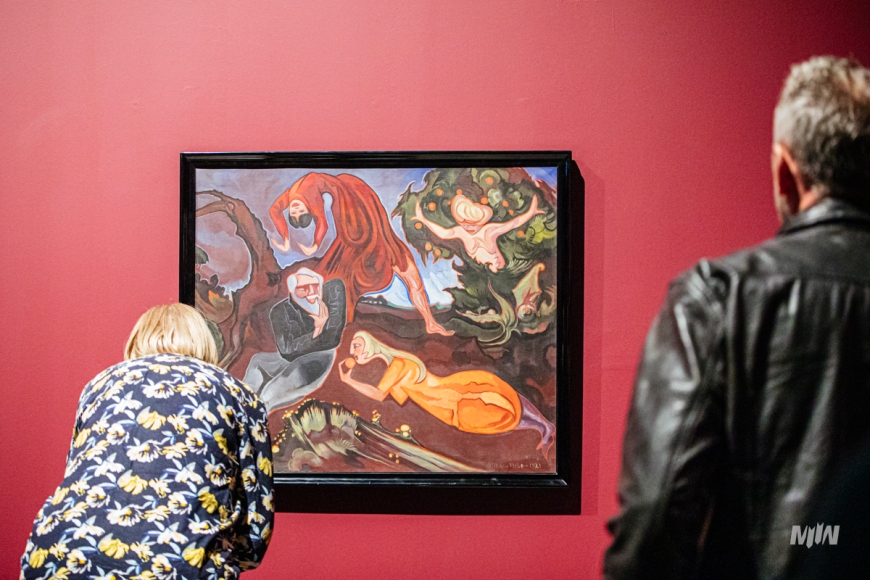
On April 29th, the Lost Culture Festival began, during which the inaugural vernissage ‘Witkacy – Lost Work’ took place. The event was accompanied by a lecture led by Dr. Przemysław Pawlak from the Witkacy Institute and a spoken-musical performance created by the Witkacy Tribute Ensemble – The Wistfulness of Things.
The director of the Museum of the Second World War in Gdańsk – Dr. Hab. Grzegorz Berendt welcomed those gathered:
„We begin the second edition of the Lost Culture Festival with events related to one of the first victims of the cataclysm of World War II - a creator who took his own life the day after the Red Army crossed the border of Poland on September 18th, 1939. He and other poets, writers, musicians, visual artists, either perished or chose not to return to our country due to the regime implemented in 1944-45. This caused a tremendous loss in the realm of Polish culture. Our initiatives aim to remind us of these most well-known names, but let us not forget the tens of thousands of journalists, teachers, officials, and artists who lost their lives, died of exhaustion, or were not allowed to return after May 1945 because they made up the social elite of Poland.”
The opening of the exhibition was preceded by a lecture by Dr. Przemysław Pawlak, the president of the Witkacy Institute, who, in turn, drew the audience's attention, among other things, to the tragic death of the artist, placing his work as an example of the legacy analyzed in the context of wartime losses:
„The news of this tragedy (Witkacy's suicide) quickly reached the public opinion in the occupied country. The Warsaw apartment of Witkacy's wife, Jadwiga Witkiewiczowa, was burned down in September 1939 during the war, and commemorative articles were published, analyzing Witkacy's legacy in the context of wartime losses in various areas of science, art, and philosophy. He was a versatile artist – painter, draftsman, photographer – a man of the theater – playwright, set designer, director, founder of independent theaters – writer, art theorist, author of the theory of Pure Form, journalist, performer, and finally, a philosopher – creator of an ontological system. Therefore, right after the war, his biography was placed in various publications summarizing Polish cultural losses. Unfortunately, Witkacy is a good example for discussing any kind of losses.”
Over nearly 200 m2, you can view almost 40 unique exhibits related to the work of the outstanding artist Stanisław Ignacy Witkiewicz.









